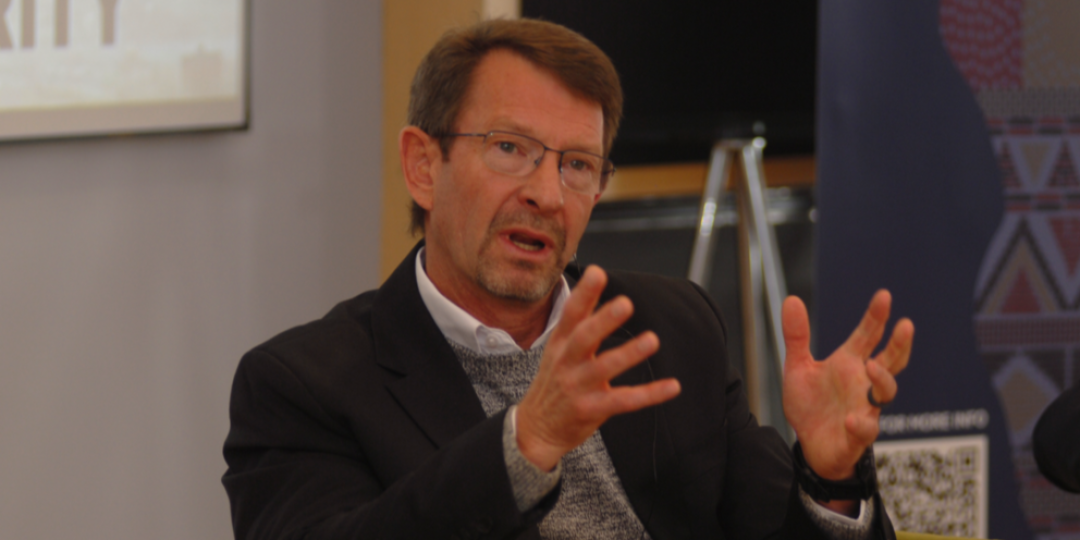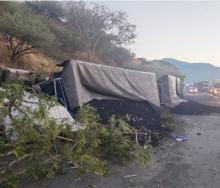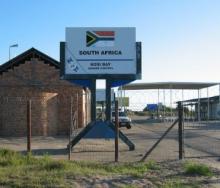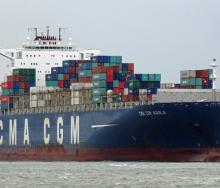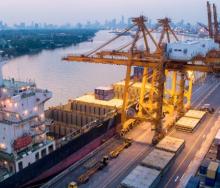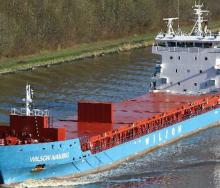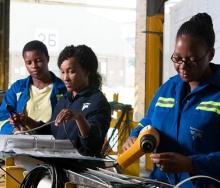The planning and development of intermediary or “second” cities, to create a network of supply-chain-related progress and make far-flung rural areas logistically more accessible, holds vast socio-economic potential for the African continent, said Hennie Heymans of DHL.
Heymans, who is the express freighter's CEO for sub-Saharan Africa (SSA), said they see first-hand how certain areas remain underserved.
Mwanza in Tanzania for example, is booming thanks to mining activity, but because of its location at the southern tip of Lake Victoria, it is hard to get to.
“For shipments via truck it takes four days to get there and you can’t land a plane there that is sufficient enough for its needs. It is very hard to link that city logistically.”
Speaking at the release of a report conducted by the Gordon Institute of Business Science (Gibs) that examined Second cities and next cities as Africa’s engines of prosperity, Heymans also mentioned the Port of Walvis Bay and its status as secondary to Windhoek, Namibia’s capital.
“We tend to forget how important the role is that these so-called second cities are playing in the economy of terms of mining.”
Raw minerals alone do not, however, make up the lion’s share of the continent’s economic potential as there has been a discernible shift away from Africa’s extractive pattern into agriculture, Heymans said.
Kenya used to provide coffee beans for end-user production in countries like the US, now they do it themselves and have figured out how much more benefit there is from serving the end-user market, he added.
Moreover, this has enabled co-op progress and SMME development in areas that are closer to second cities, or that could manifest in the development of intermediary areas.
The movement away from extractive-prevalent development into the energy sector has also been pronounced, underpinning the need for wider-scale development, Heymans said.
“From our perspective, the importance of this is being highlighted as we see more and more development in the energy sector. Ten out of 10 times these developments are on the outskirts, in rural areas.”
Broken or absent links in the network between rural areas and primary cities underscores why the development of second cities are so important, Heymans said.
And yet, logistics continue to be one of the continent’s biggest stumbling blocks to accelerated growth.
Heymans explained that for a company like DHL’s extensive reach across Africa – 51 countries just in SSA, extended to 52 through the recent addition of Mauritania – having a well-established freight network goes without saying.
And yet, “only 12% of cities in Africa are connected with one flight a week. It speaks volumes to our connectivity challenges on the continent.
“It’s one of the biggest challenges we have,” he said.
“How do we develop the logistics of second cities and link it to the broader economy of the continent.”
The African Continental Free Trade Area also entered discussion during the Gibs event.
On corridors linking secondary ports like Beira with hinterland markets in Zimbabwe, Zambia and the Democratic Republic of the Congo, there is enormous opportunity for second-city development along the logistics chain.
Heymans said this has become particularly noticeable through corridors in the East African Community (EAC) region where landlocked areas are served by key ports.
Although much talk often revolves around big-ticket capital expenditure (capex) projects for improved infrastructure, there are low-hanging fruit opportunities for quick wins in second-city development, Heymans said.
“The establishment of economic zones such as the EAC and what Kenya is doing is an example. Internet infrastructure and the connectivity it brings also attracts other sectors like the financial sector. These are easier to accomplish than big capex exercises.”
Heymans said in many instances the basics are already there, and only need to be rediscovered to unlock existing second-city potential.
“We also saw what happened to the textile industry in South Africa. It was regarded as a dying industry. And yet the biggest operator of Mauritius’ textile industry has invested $12 million in Ladysmith because it meets logistical and energy requirements.”
Heymans said it created 800 jobs in the micro-economy of the Midlands location overnight.
